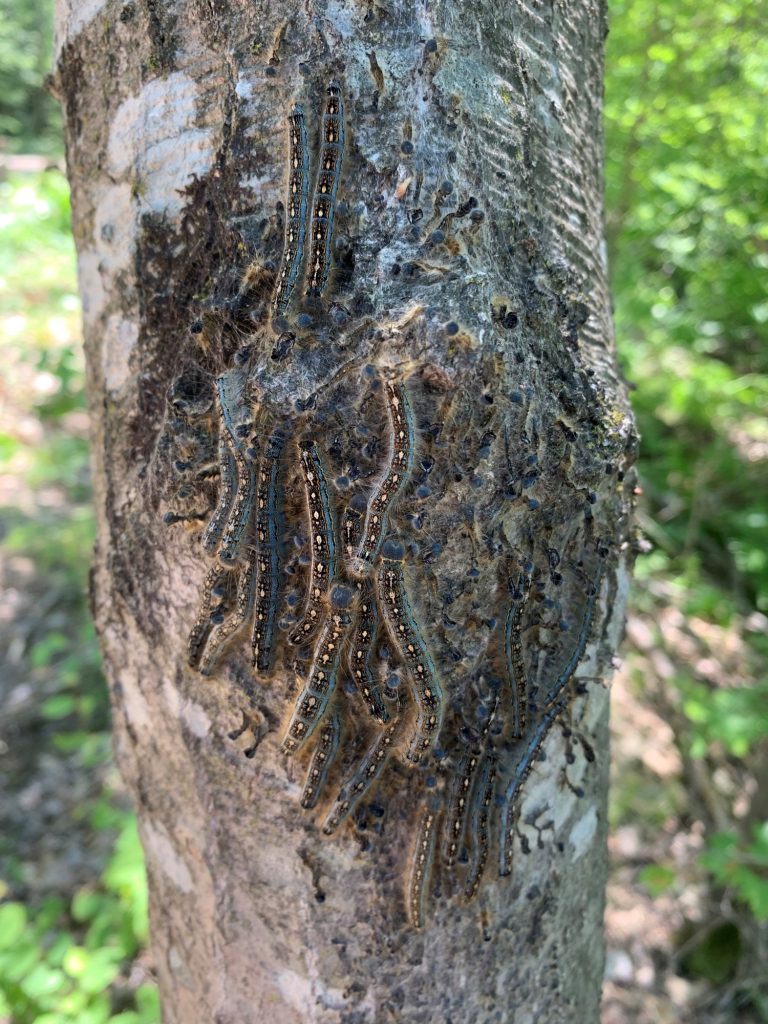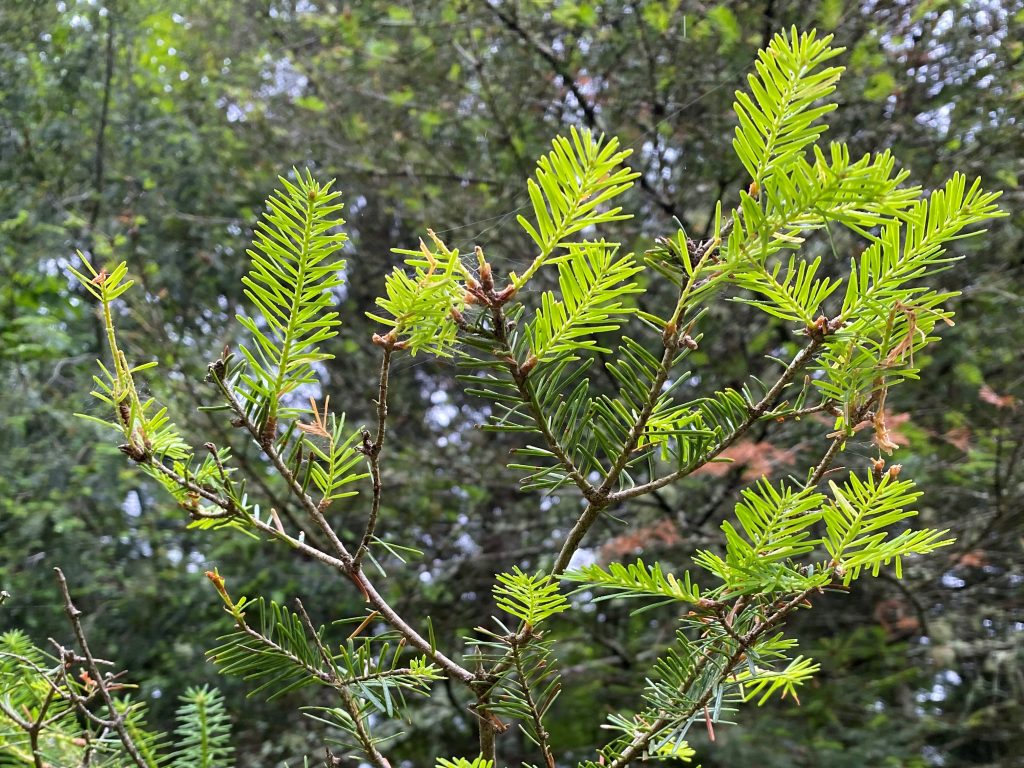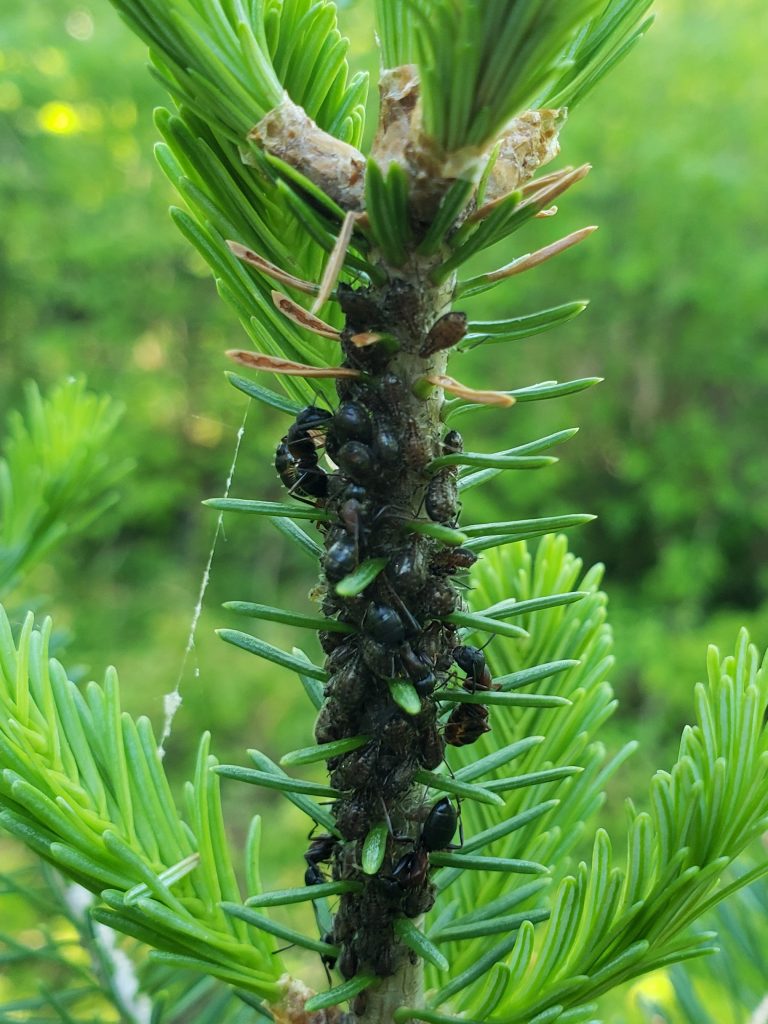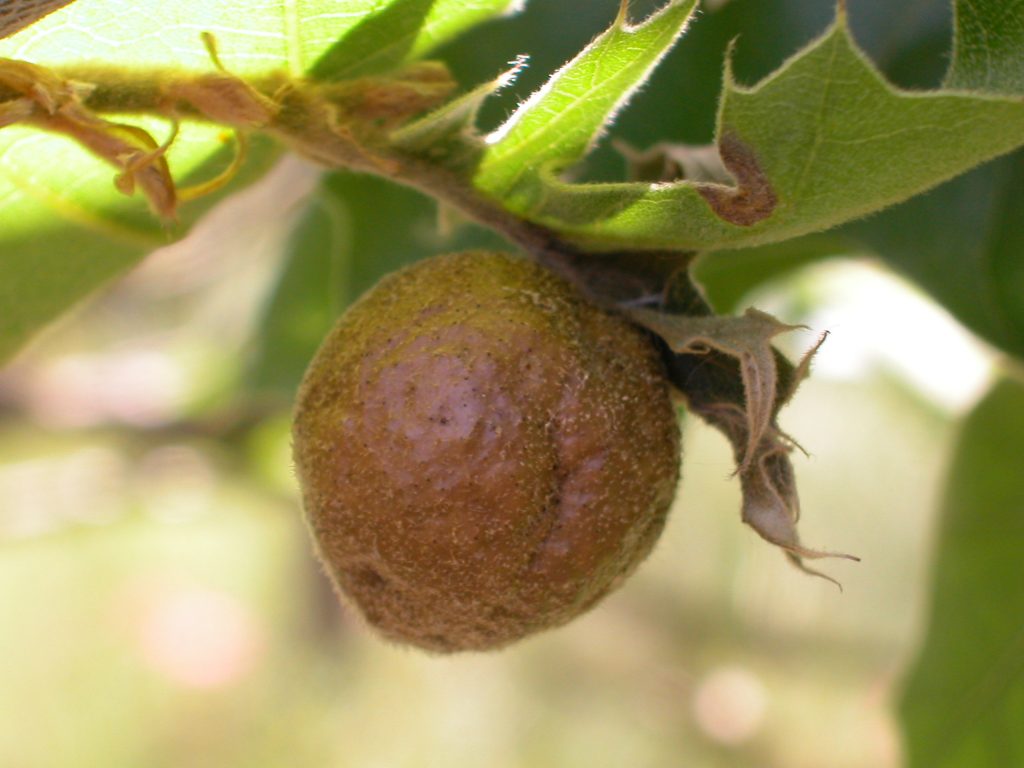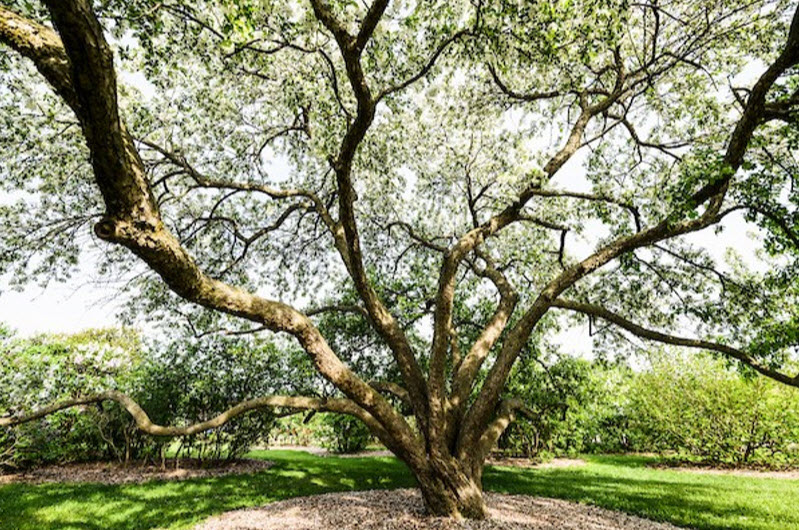 Registration is now open for UW-Madison, Division of Extension’s annual Urban Forestry Workshop, held Aug. 19 and Aug. 24-27.
Registration is now open for UW-Madison, Division of Extension’s annual Urban Forestry Workshop, held Aug. 19 and Aug. 24-27.
This year’s workshop will be offered a little differently. The program usually includes a classroom lecture-style session in the morning and hands-on field activities in the afternoon. This year Extension will hold the morning portion of the workshop online to allow more attendees and offer an educational option for those who are not yet comfortable attending in-person events. The hands-on activities will build on the online session, but you are not required to attend the online session to attend the in-person portion of the class.
Continue reading “2021 Urban Forestry Workshop: Trees, Construction And Site Development”

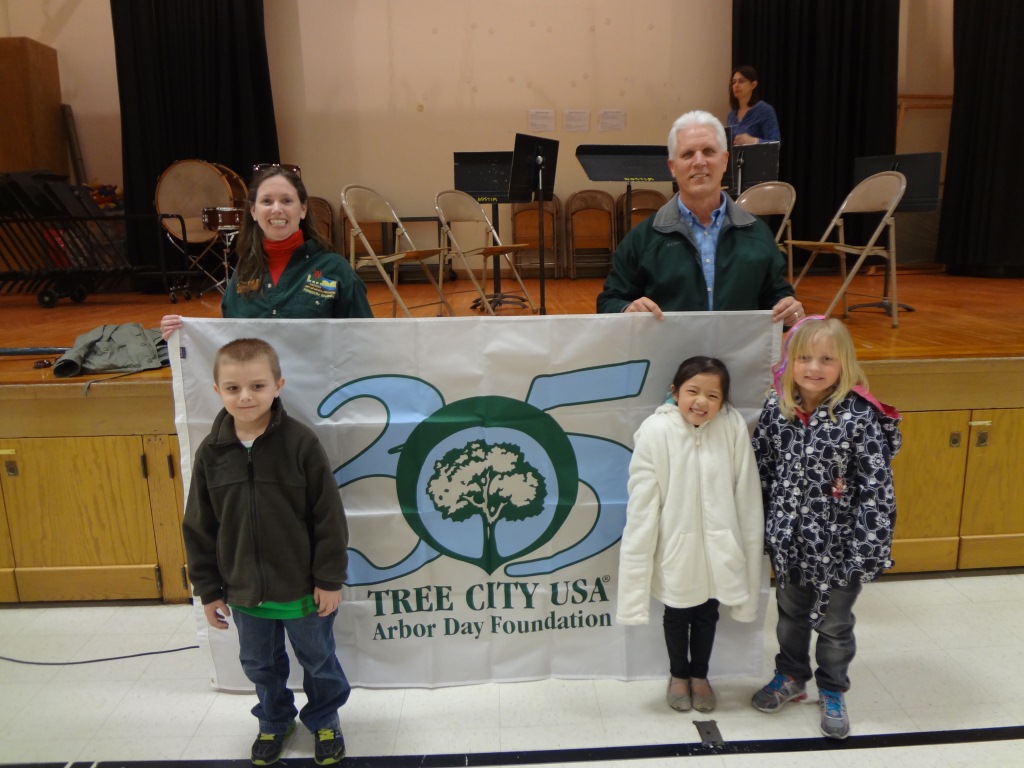 We deeply appreciate the commitment to urban forestry demonstrated by our 2020 Tree City, Tree Campus and Tree Line USA participants. Thank you for your hard work!
We deeply appreciate the commitment to urban forestry demonstrated by our 2020 Tree City, Tree Campus and Tree Line USA participants. Thank you for your hard work!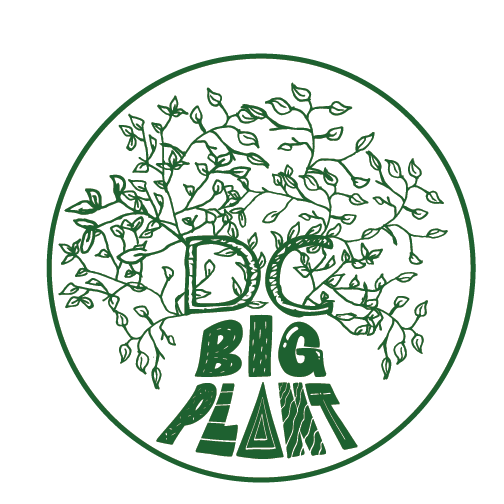 The Climate Change Coalition of Door County is a volunteer organization that, for the past 9 years, has engaged in a variety of activities designed to increase understanding of global warming to inspire concern and action. This spring, the Coalition launched a new program called the Big Plant. It was successful beyond all expectations.
The Climate Change Coalition of Door County is a volunteer organization that, for the past 9 years, has engaged in a variety of activities designed to increase understanding of global warming to inspire concern and action. This spring, the Coalition launched a new program called the Big Plant. It was successful beyond all expectations. The Wisconsin Department of Natural Resources (DNR) Friend of Forestry Recognition program is an opportunity for the Forestry Division to recognize individuals who have worked with us to protect and sustainably manage Wisconsin’s forests.
The Wisconsin Department of Natural Resources (DNR) Friend of Forestry Recognition program is an opportunity for the Forestry Division to recognize individuals who have worked with us to protect and sustainably manage Wisconsin’s forests.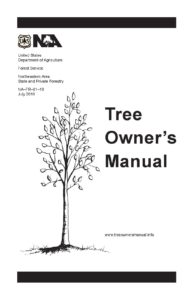 The latest version of the USDA Forest Service’s Tree Owner’s Manual is now available online
The latest version of the USDA Forest Service’s Tree Owner’s Manual is now available online 